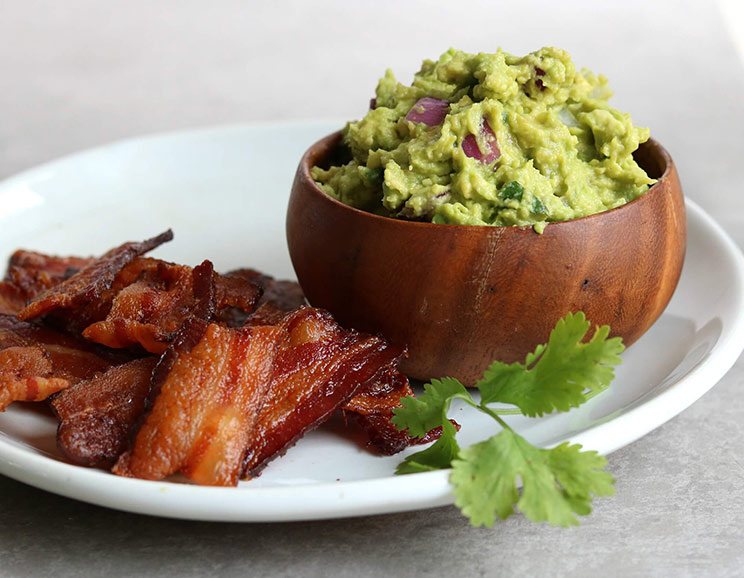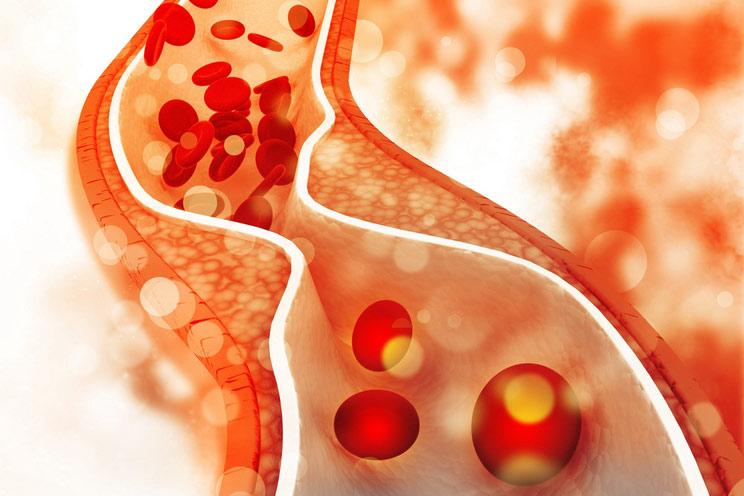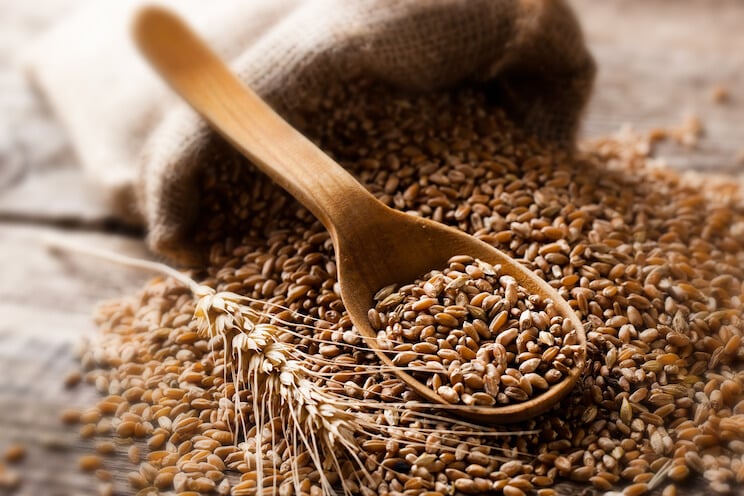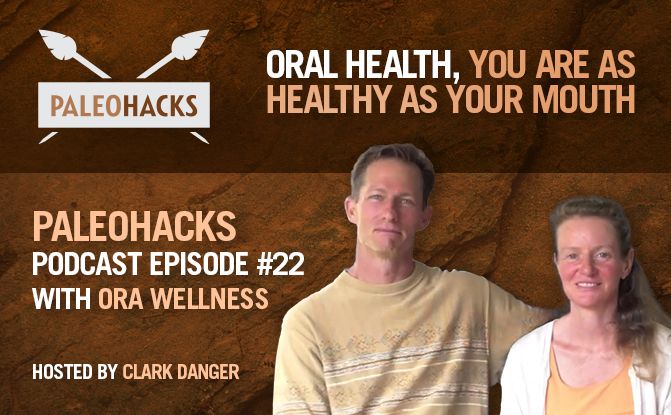Is soy bad for you? Read on to find out why it’s against the Paleo diet.
Soy is one of mainstream nutrition’s darlings…
But should it have a special place in your heart too?
Getting to the bottom of this can be tricky. On one hand, food companies, government agencies, and a lot of health-conscious people can’t stop bragging about the stuff. But for every great thing you hear about soy, there seems to be conflicting information calling it into question.
If you’re frustrated and overwhelmed about soy, you aren’t alone. This post will cover the key information you need to make an informed decision about whether to consume it.
Does soy have a place in a healthy diet? Why, or why not?
Keep reading to find out.
An Exploding Industry
Soy is everywhere you look.
There’s soy milk, soy ice cream, and even soy meat substitutes. With how it’s dominating grocery stores today, you’d think it’s been around (and popular) for a long time.
A lot of people are surprised when they find out that consuming soy – especially in western countries – is a recent development. The Soyfoods Association of America reported that U.S. retail sales of soy foods went from $1 billion to over $4.5 billion between 1996 and 2013 (1).
Thanks to a lot of good press and a push from food corporations, there’s no sign of things slowing down. Now, new soy products make their way to grocery store shelves every day. Millions of people – about 77 percent of consumers surveyed – view soy as “healthy” (2).
All The Problems Legumes Cause (and More)
If you follow the Paleo diet, you’re probably wondering whether soy makes the cut.
After all, isn’t a soybean just another legume?
And legumes aren’t recommended on the Paleo diet, right?
The short answer: yes. Soybeans aren’t recommended, but not just because they’re legumes.
Soybeans share ingredients with other legumes – like beans and lentils – that make them problematic.
First there are “lectins,” a type of protein that can bind to cell membranes. Legumes and grains contain the highest concentrations of them. They cause problems by attaching to your intestinal walls, which leads to all kinds of digestive issues (3). Eating too many lectins leads to leaky gut syndrome, making it easy for harmful substances to pass through your gut into your bloodstream (4).
Lectins have also been linked to leptin resistance, a common precursor to diabetes, obesity, and all kinds of other serious health problems (5). Leptin resistance is also dangerous because your hunger hormones turn against you. No matter how much willpower you have, hunger cravings eventually win out and you end up eating more than you should.
Soybeans also contain phytic acid, which prevent your body from absorbing key vitamins and minerals – like iron and zinc – that you need to stay healthy (6).
But Soy Can’t be All Bad, Right?
Soybeans have the same shortcomings as other legumes…
But they can’t be all bad, can they? Especially when so many people swear by them.
There are actually some good things to say about soybeans:
Soybeans are high in selenium, fiber, calcium, iron and phosphorus. And they’re also a decent source of protein: 100 grams (around 3.5 ounces) of soybeans contains 17 grams of protein (7).
That’s a respectable amount of nutrients. But here’s the thing…
You’ll find much more nutrients by sticking to quality animal products, produce, nuts, and Paleo-friendly starches. Soy’s nutrient composition also depends a lot on the type of soy you eat. The nutritional profile of boiled, whole soybeans (listed above) is a far cry from the soy-based “products” most of us are eating.
Which brings us to the next point…
Why Processed Soybeans Are Dangerous
When’s the last time you ate a pile of whole, boiled soybeans?
For most people it just doesn’t happen.
Eating whole, boiled soybeans is one thing. But the soy “products” most people are eating are much worse:
Soy and Genetic Modification
Major agricultural companies, in an effort to produce more crops in the same amount of land, have started to genetically modify the seeds of the plants they grow and harvest. These changes have made it easier to grow more crops, but they’ve raised some serious health concerns.
Genetically modified soybeans have adapted so they’re able to withstand being sprayed with herbicides (like Roundup) without dying off. But residue from herbicides – like glyphosate and AMPA – remains on GMO crops, resulting in a less healthy nutritional profile (8). Many animal studies have linked genetically-modified soy to health problems like allergies, birth defects, and fertility issues (9).
How widespread is the problem?
In the United States, an estimated 91 percent of soybean crops are genetically modified (10). That incredible number is only going up to as genetically-modified seeds cross-pollinate with non-GMO crops.
Soybean Oil
Major agricultural corporations process their soybeans intensively long before they ever make it into your body. This processing seriously degrades the nutritional profile of the food.
One of the most popular ways to process soybeans: extracting their oil. In just a few years, soybean oil has gone from a non-factor to a significant part of the typical American diet. By 1999, seven percent of the average American’s calories came from soybean oil alone (11)!
Soybeans are put through an intense process involving chemicals and high heat to produce the oil found in salad dressings, baked goods, and other processed foods. Many oils marketed as “vegetable oil” are made either exclusively from soybean oils, or soybean oils combined with other types of oils (12).
Soybean oil is high in omega-6 polyunsaturated fatty acids. Our bodies need a balanced intake of omega-3:omega-6 fatty acids to avoid heart disease, cancer, and other serious conditions (13). Most of us are already consuming way too many omega-6 fatty acids. Soybean oil just hurts our cause.
Soy Protein
During the soybean oil manufacturing process, food companies were ending up with a lot of waste after stripping out all the fat.
So they started using the leftovers – called soybean meal – to feed livestock. Forcing animals to follow this unnatural diet is causing a ton of problems with conventional, factory-farmed animal products.
Food manufacturers also came up with another way to make the most of their soybean meal: processing it more to produce “soy protein.” This stuff is incredibly cheap to make and versatile – it can be made into flours, stabilize ingredients in processed foods, and absorb water and fat (14). Over the years, it has made its way into more and more processed foods.
With more processing than what’s needed to produce soybean oil, soy protein is stripped of even more nutrients. This happens without removing the compounds that make soybeans harmful (like isoflavones and goitrogens). You get practically zero nutritional bang for your buck – and all the downsides.
Isoflavones
Soybeans naturally contain compounds called “isoflavones.”
Isoflavones are phytoestrogens, compounds that “look like” estrogen and can mimic its effects within the body. Consuming isoflavones can trigger your body’s built-in estrogen receptors, causing all kinds of unwanted effects (15). Isoflavones are actually considered “endocrine-disrupting substances” due to their ability to interfere with how your hormones normally function (16).
Estrogen is a sex hormone present in women and men. Although women usually have much higher levels than men, changes (caused by eating soy) can create negative effects for both genders.
With men, eating a lot of soy could decrease testosterone levels, lower sperm count, and disrupt fertility (17). Scientists have even induced “testosterone deprivation” in animals – just by feeding them a diet with plenty of soy isoflavones (18).
With women, soy isoflavones can increase estrogen levels higher than they’re supposed to be. This causes cells to multiply faster in the breasts, increasing the number of epithelial cells (the cells most likely to turn cancerous) (19). Other studies linked soy to disruptions in the menstrual cycle (20).
It’s important to point out here that isoflavones are not destroyed during processing, regardless of how the soy is processed. That means you’ll find them in whole soybeans, soybean oil, and soy protein.
Goitrogens
We just covered how soy isoflavones can disrupt your estrogen levels. But that’s not all they can do: they can also disrupt your thyroid function.
Soy isoflavones also function as “goitrogens,” substances that can stop the thyroid gland from working properly by interfering with iodine uptake.
Eating a lot of soy can actually cause you to experience the same symptoms as hypothyroidism: slow metabolism, fatigue, an enlarged thyroid, and others. One study found these symptoms vanished once the participants stopped eating soybeans (21).
A lot of scientists wonder why thyroid problems seem so common today. The goitrogens found in soybeans – and the explosion of soy products found in the typical modern diet – could explain why.
Soy in Asia
Wait a second…
Isn’t soy a part of many traditional Asian diets?
There are a lot of misconceptions swirling around this topic:
Most people in Asia actually don’t eat much soy at all: an average of less than 10 grams (about 2 teaspoons) a day (22). Soy is usually a condiment or garnish instead of a main dish.
The type of soy consumed in Asia is also much different than what’s found in typical western diets. Where soy in western diets is usually industrially processed and genetically modified, soy in Asia is either fermented or traditionally prepared. This removes most of the phytic acid found in soybeans (23).
Bottom line: in Asia, diets include a small amount of traditionally processed soy. This makes it much less harmful than how most of us consume it today.
A Path to Better Health
Fermented, traditionally prepared soy – used as a garnish or condiment – is probably okay to eat from time to time…
But that’s not how most of us are eating it.
Instead, refined soy products sneak their way into processed foods. Most people are consuming a ton of soybean oil and soy protein without ever realizing it.
Much more research needs to be done to determine the full extent of the health consequences…
But plenty of studies so far have linked soy (refined soy in particular) to reproductive, thyroid, and inflammation issues.
Not to mention, soybeans are also legumes. Their lectins and phytic acid make soy bad choices for the same reasons other legumes aren’t recommended on the Paleo diet.
Soy might not be the worst thing you could eat for your health. But if you’re looking for the best, look no further than the animal protein, healthy fats and fruits and vegetables our ancestors thrived on.
What are your thoughts on soy? Share them by leaving a comment below!


 3 Foods You Need to Remove From Your Diet with Mark Sisson
3 Foods You Need to Remove From Your Diet with Mark Sisson









Show Comments